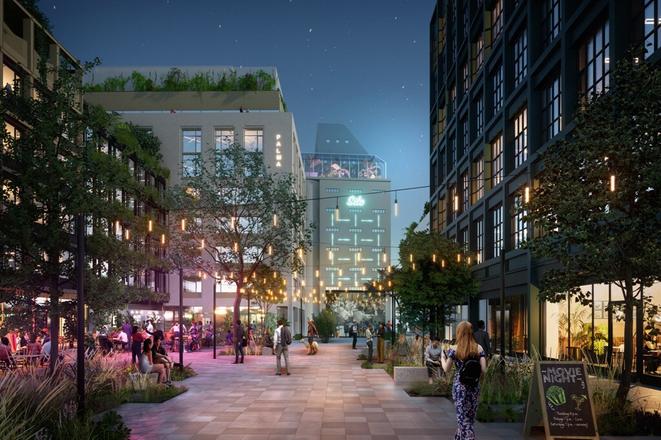Bratislava has 580 hectares of brownfields on its territory waiting for their future utilisation. One of them is the six-hectare site of Palma, a former factory for the production of vegetable oils and fats. Developer Corwin has a project to transform this abandoned area into a new district combining preserved industrial buildings with new residential and office buildings and generous public spaces.
“We would very much like to be considered a model project for transformation of a brownfield,” Corwin CEO Marián Hlavačka told The Slovak Spectator. Costs of the project are estimated at hundreds of millions of euros. He himself can imagine to live here someday. “The mix (of buildings and functions) that will be created here is unique.”
They need a change of the master plan to build the new district. For the time being, they have invited experts from the Danish studio Gehl Architects to develop an urban vision for transformation of this area on Račianská Street.
The new Palma district should resemble by its structure the historical centre and should meet the criteria of the so-called 15-minute city. In such a city, residents have access to amenities, transport links and other essential functions providing for their daily needs within a 15-minute walk or bike ride. This is a principle of urban development that is common abroad and which also finds advocates in Bratislava. For example, the new Nesto district to be built in Petržalka near the Austrian border is to be built on the 20-minute principle.
You can’t step in the same river twice
David Sim, Scottish architect and creative director of Gehl Architects, who participated in creation of the vision and who came to Bratislava to present the project in person, reminds that even though people feel comfortable in the Old Town, it would be impossible to build it today. This is because of the current lighting and traffic standards, often inherited from the previous communist period. In Palma, however, they try to mimic some of its qualities.
“We want to bring a new centre to Račianska Street with the culture of the old one,” said Sim when introducing the project to journalists.


